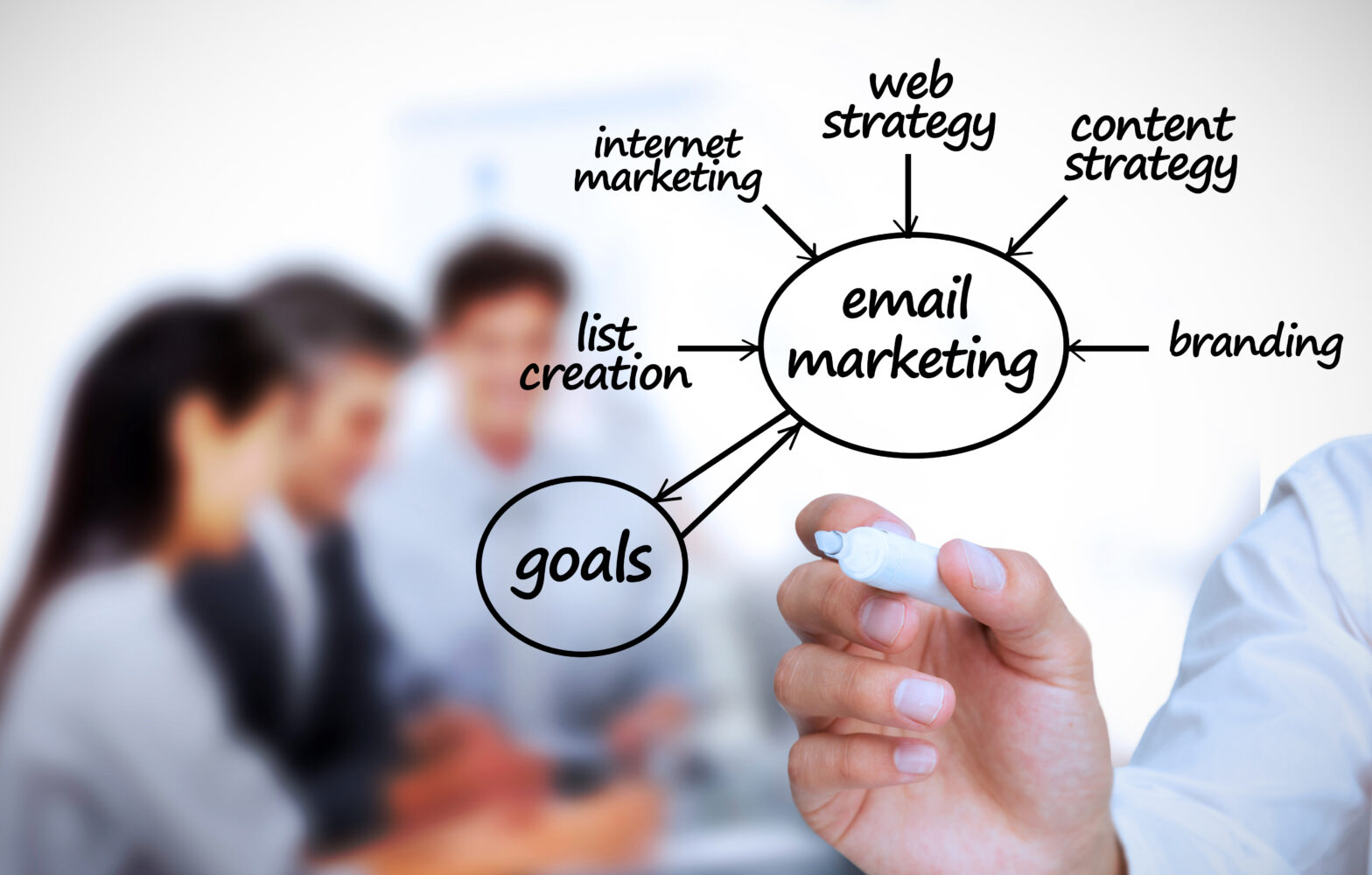It’s easy for internet commentators to declare that email is dead; take anything online that’s over five years old and you can be sure to see articles cropping up on how no one uses it anymore. But the facts can tell a different story. There are over 2.5 billion email users, collectively sending and receiving hundreds of billions of emails every day. This alone provides a huge opportunity for businesses wanting to spread the word, reach a new demographic or simply update existing customers.
As the owner of a small business, you probably want to be able to achieve all three. This doesn’t mean spam, either. With the right email and contacts, small business owners can consistently speak to current and potential customers while keeping control of their key messaging – something that can be difficult to keep a harness on when using other marketing tools. Email use is growing in the business sector and by 2018, business email will account for over 139.4 billion emails sent and received per day. Email outperforms other marketing strategies, earning on average $43 for every $1 spent. These figures clearly show the value of email marketing to businesses.
However, it’s all about knowing how to use email marketing effectively. The beauty of email marketing is that it allows you to take a strategic approach to target the right people. You can choose people you think would be more open to your business or product or just fire out an email to as many people as you can. The flexibility of email marketing means that the method should appeal to any kind of business.
There are a few things that need to be taken into account before starting an email marketing campaign. The first step is to outline what you want to achieve. How many people do you want to reach? How many do you expect to turn into customers? Keeping this in mind throughout the campaign is a way of measuring its success. If targets weren’t achieved, you can look at how you can improve the next campaign. The proof is in the numbers.
The next step is drafting the content of your emails. What is it you want to say to people? How do you want your business to come across?
This is particularly important for small business owners who want to show that their products and services are worth consideration, especially if your business is smaller than others offering similar products. This is your opportunity to directly sell your business as a serious contender in the market so make it look like you are one! Keep text simple yet exciting and don’t be afraid to include customer testimonies. Tell your contacts a story that will engage them and make them want to find out more.
It’s important that the call to action is clear and simple. A hyperlink that takes users to your product or services webpage will keep their interest and make it more likely that they’ll buy into your business. You can even take it further by creating a landing page where they can register their interest, a strategy that works particularly well with businesses that rely on building relationships with customers.
I’m not saying that you should ditch your other marketing strategies. Each has a part to play and using a variety of complementary strategies is the most effective.
For example, you can support an email marketing campaign with a social media campaign. Perhaps in your email you could add a hashtag that people can then use on Twitter, driving interest and promoting engagement.
For this to be effective, you have to make sure that emails are being delivered properly and there are a few things you can do if bounce rates are high. If your campaign is targeted at subscribers to your mailing list, ensure that when they sign up they clearly know what they’ll be receiving. This will encourage them to open the email rather than flag as spam. This is also the reason you should make it simple to unsubscribe; an unsubscriber is better than the dreaded spam flag!
Finally, you should look at moving away from a free email address. Email services such as Yahoo and Gmail perceive free email addresses as ‘spammy’ so while this means you will have to pay a small cost for one associated to your business, it’s worth it if you’re getting your marketing emails straight into inboxes.
Email marketing services are a great way to help you save time, allowing you to focus on running the rest of your business. For a monthly fee you get a certain amount of emails you can send out, and some services look after the automatic removal of bad addresses, duplicates and unsubscribes.
Other tools that are offered include a list of hot leads (recipients who have clicked on links in your email so you know who to follow up with), as well as reports that allow you to compare the success of campaigns.
Email marketing certainly isn’t dead, or dying. Services and tools that are now available have actually breathed new life into it, allowing seamless integration into other campaign strategies. Email inboxes are personal letterboxes that people carry everywhere they go – to get ahead as a business you need to be the postman with the first class mail.
Stefano Maruzzi is vice president of EMEA for GoDaddy.





